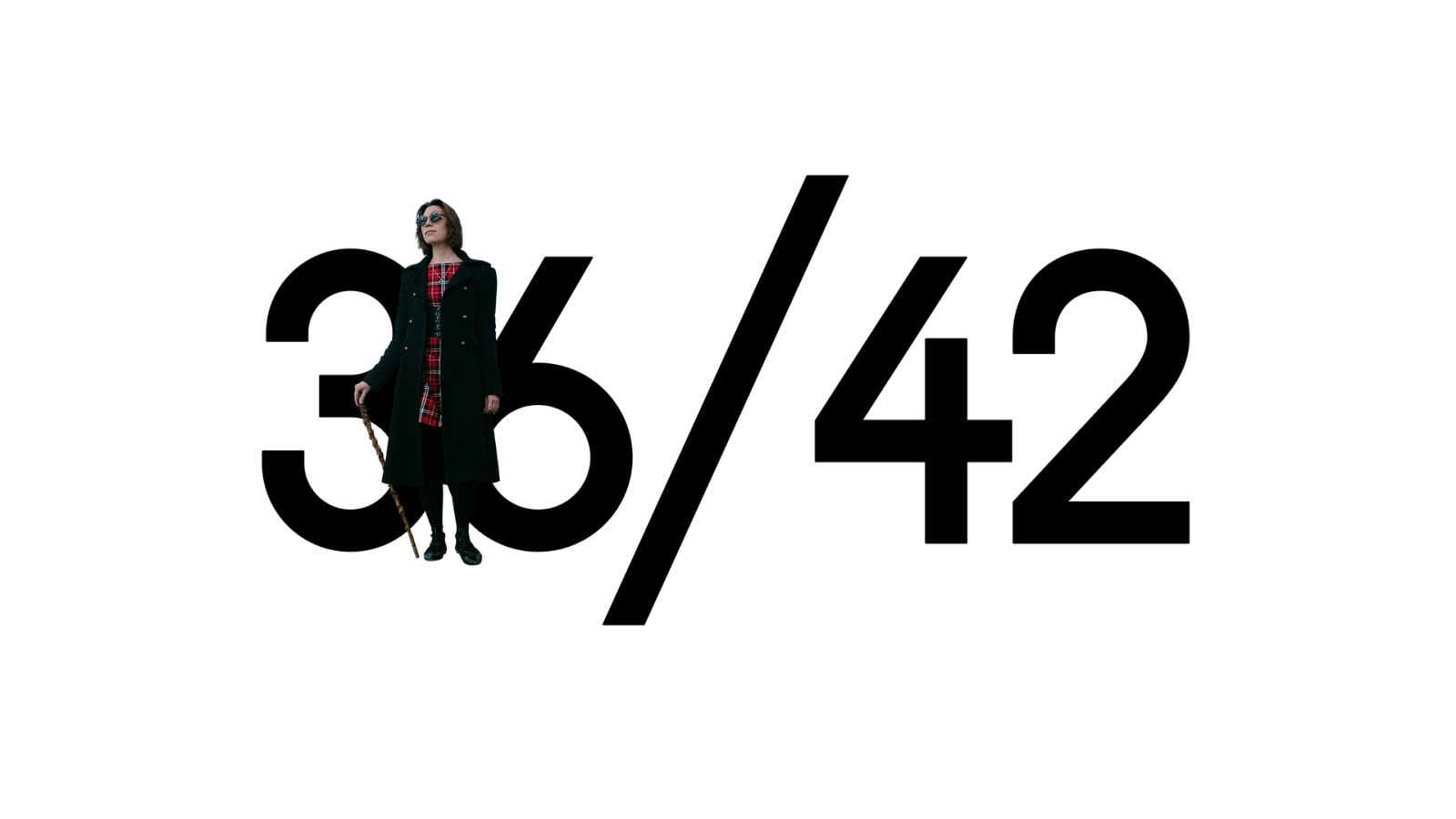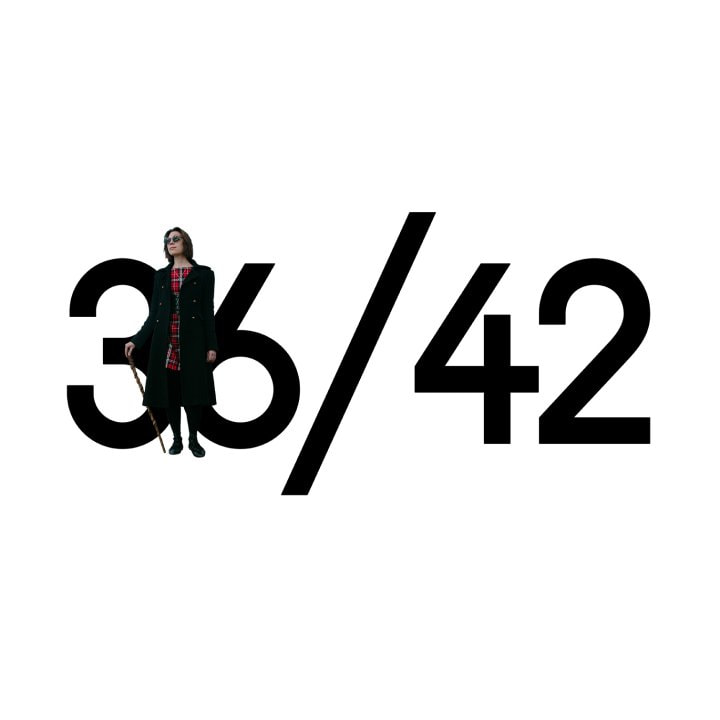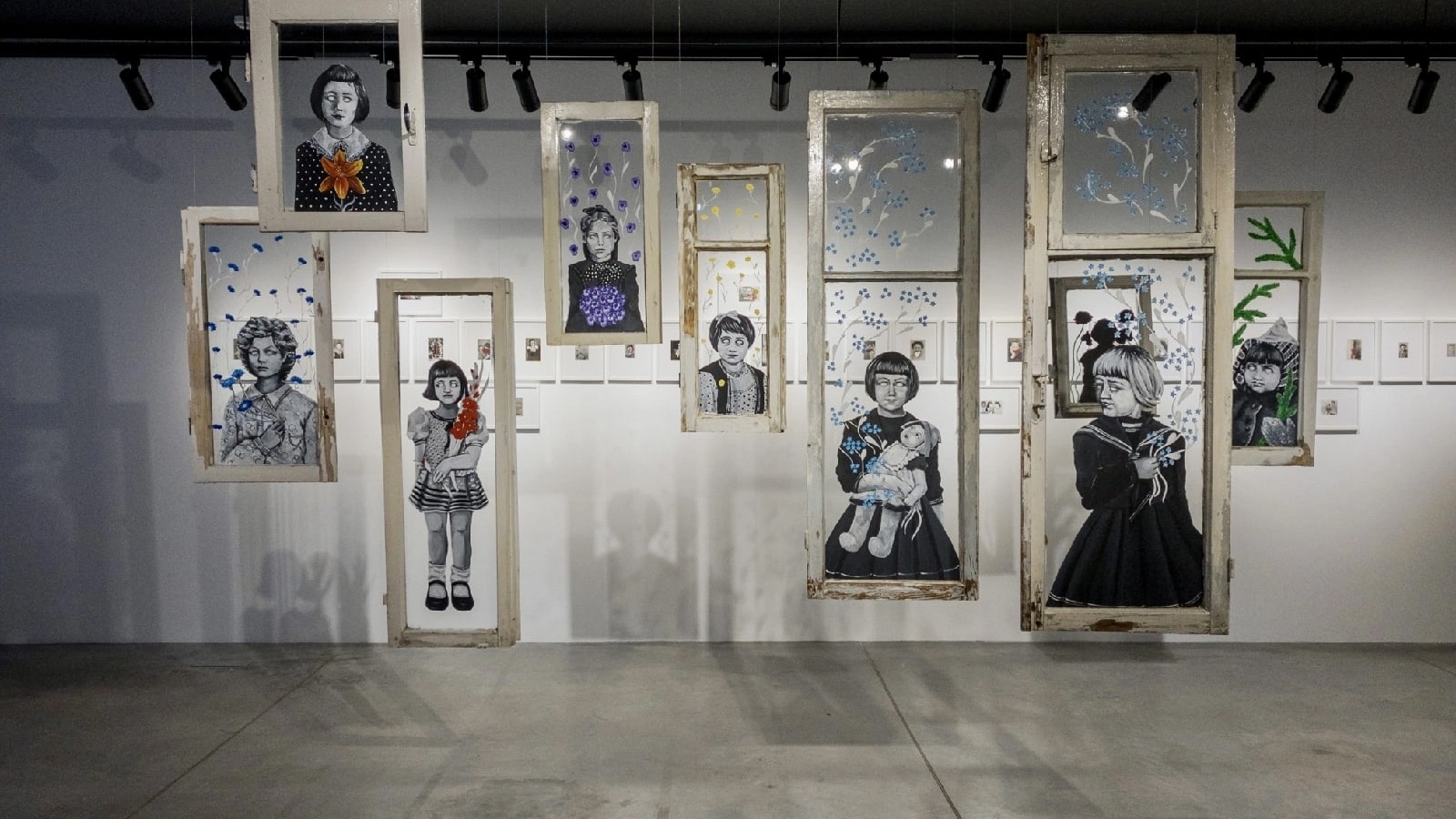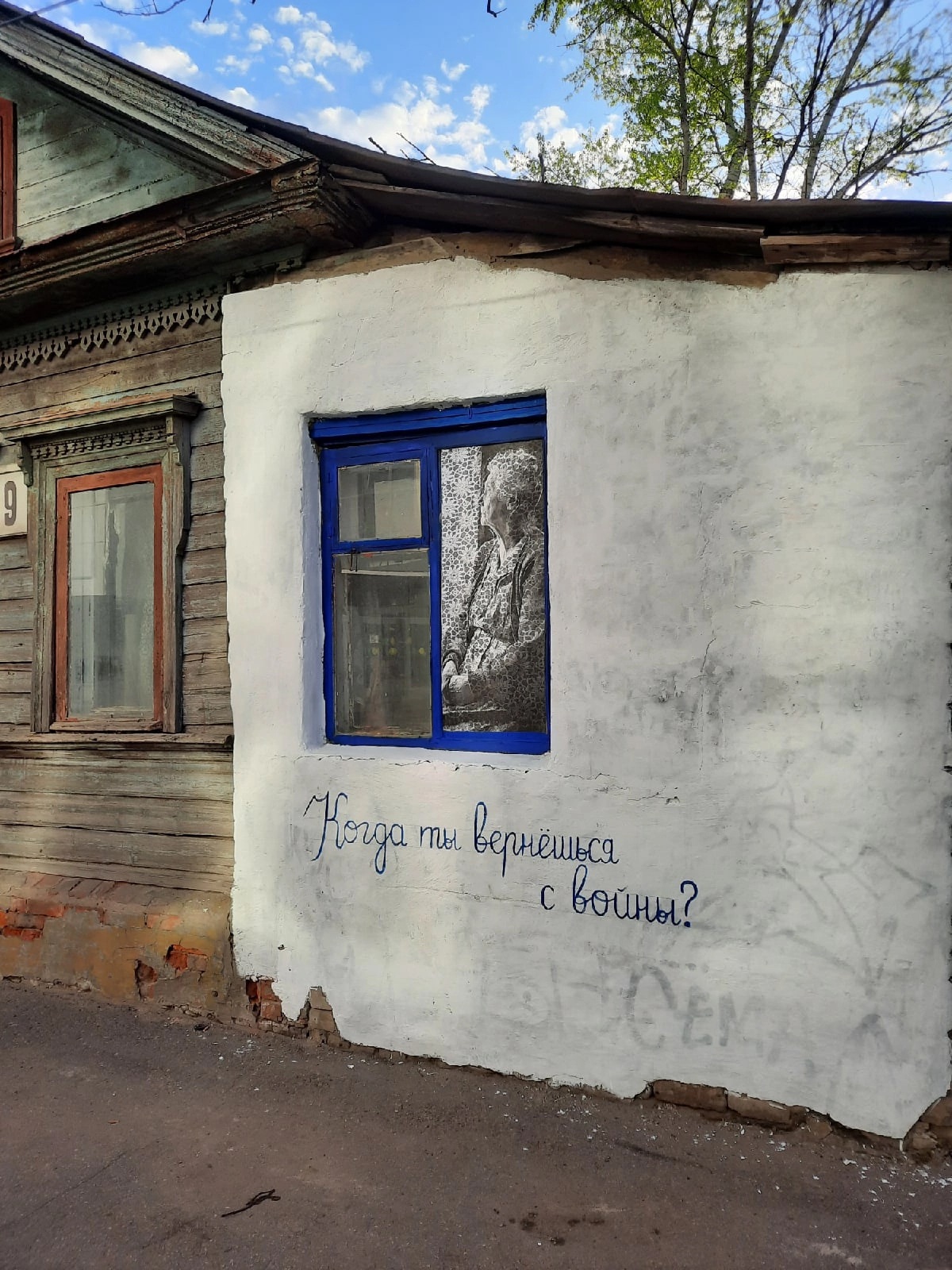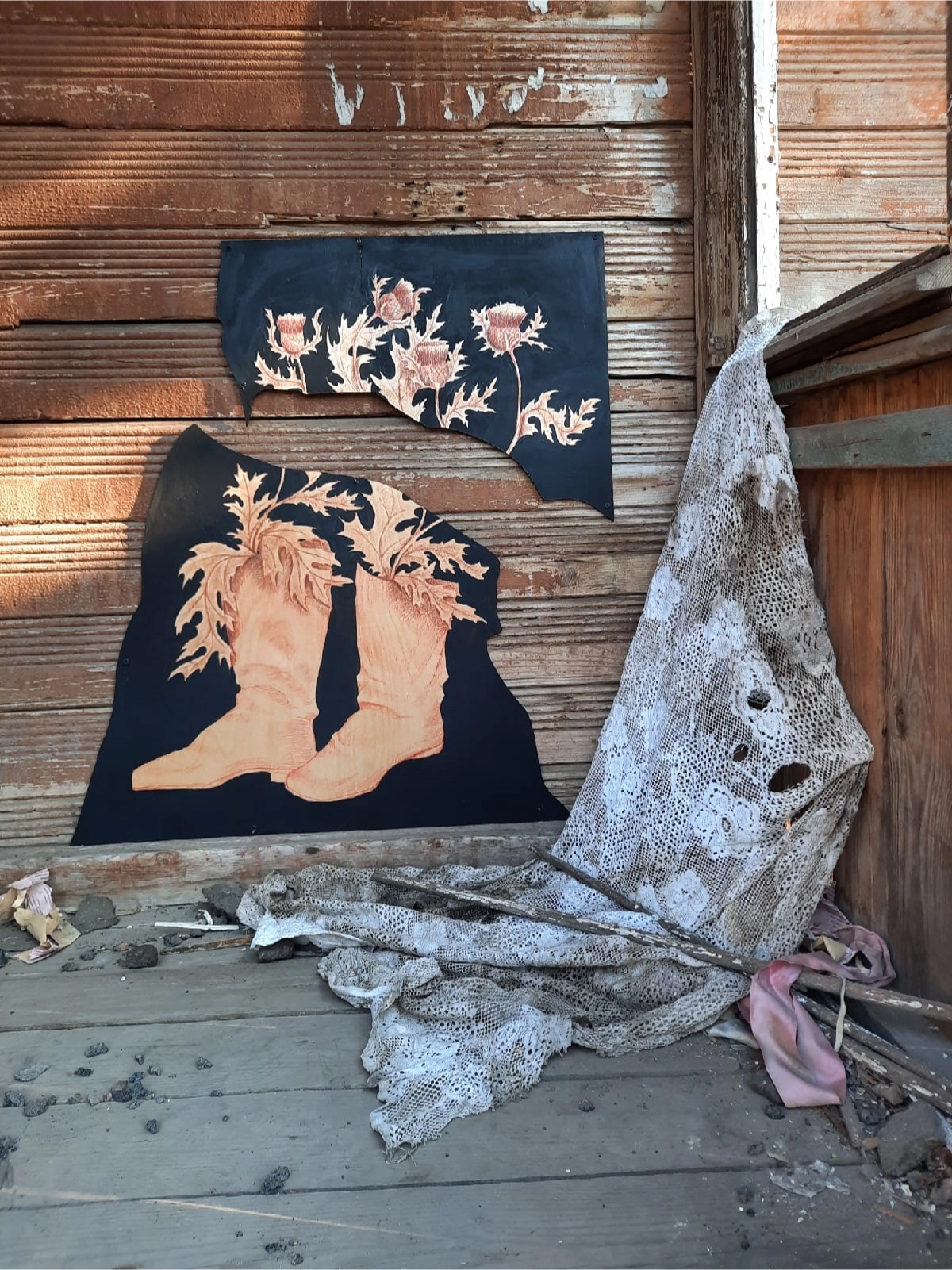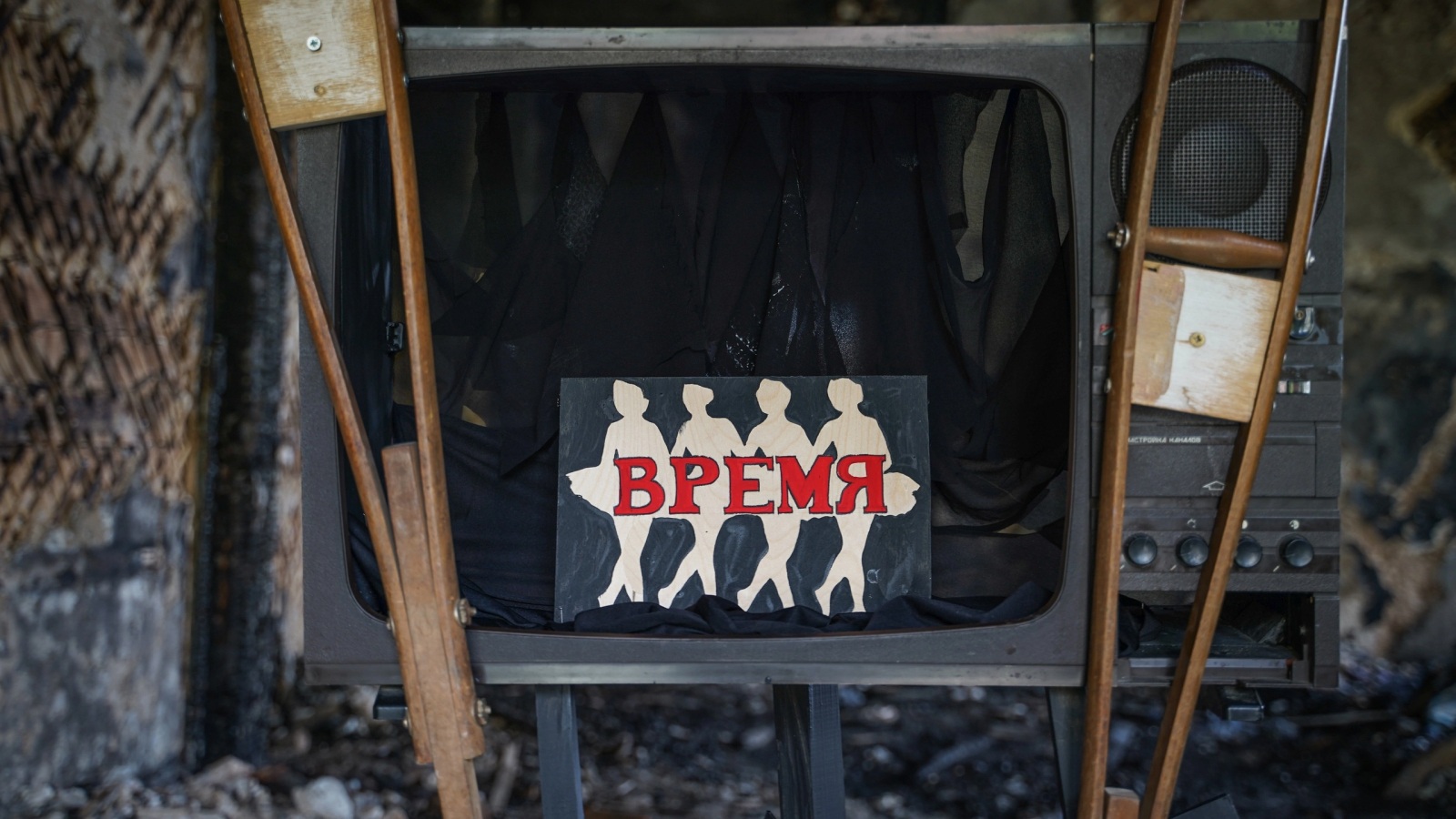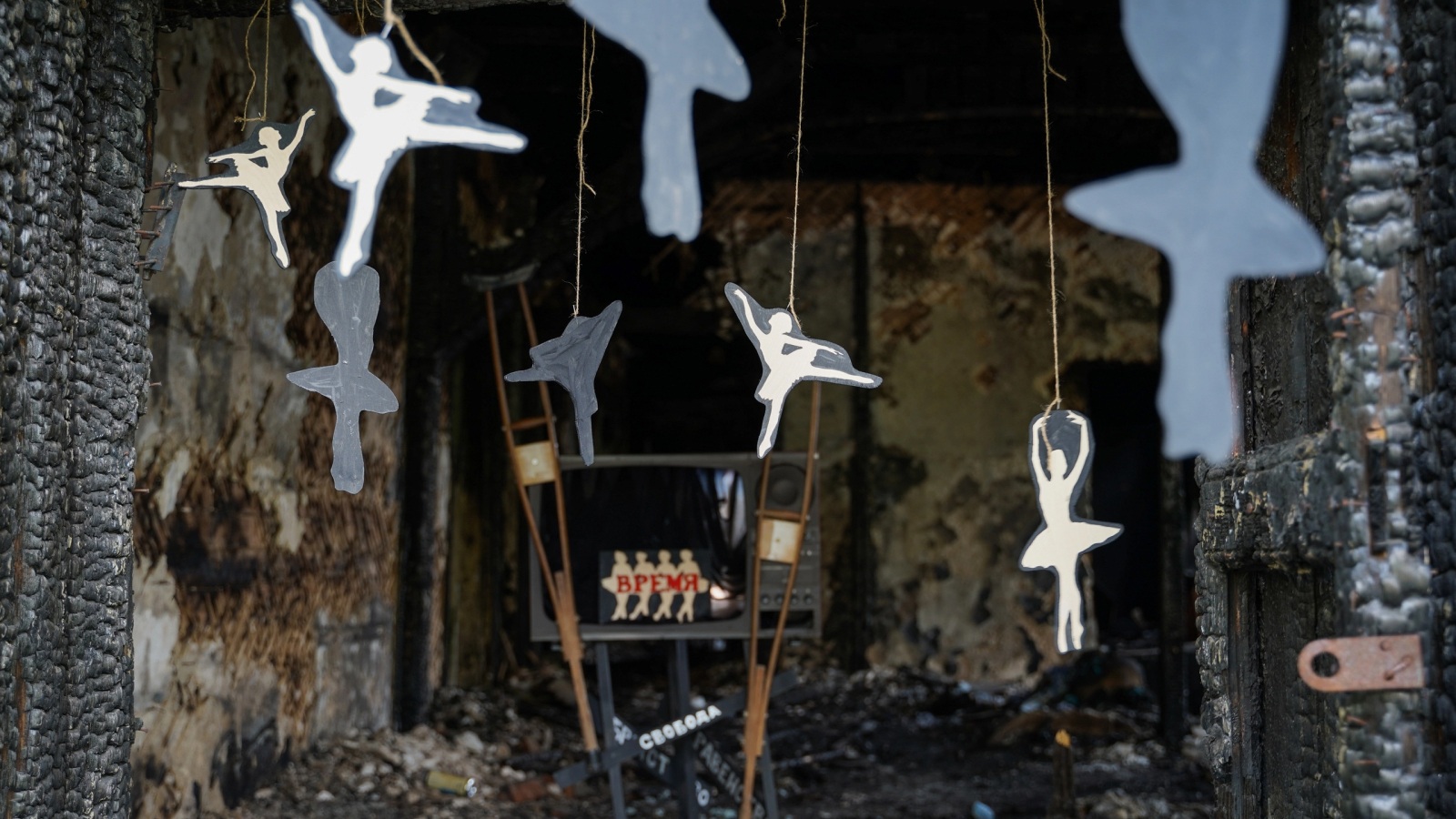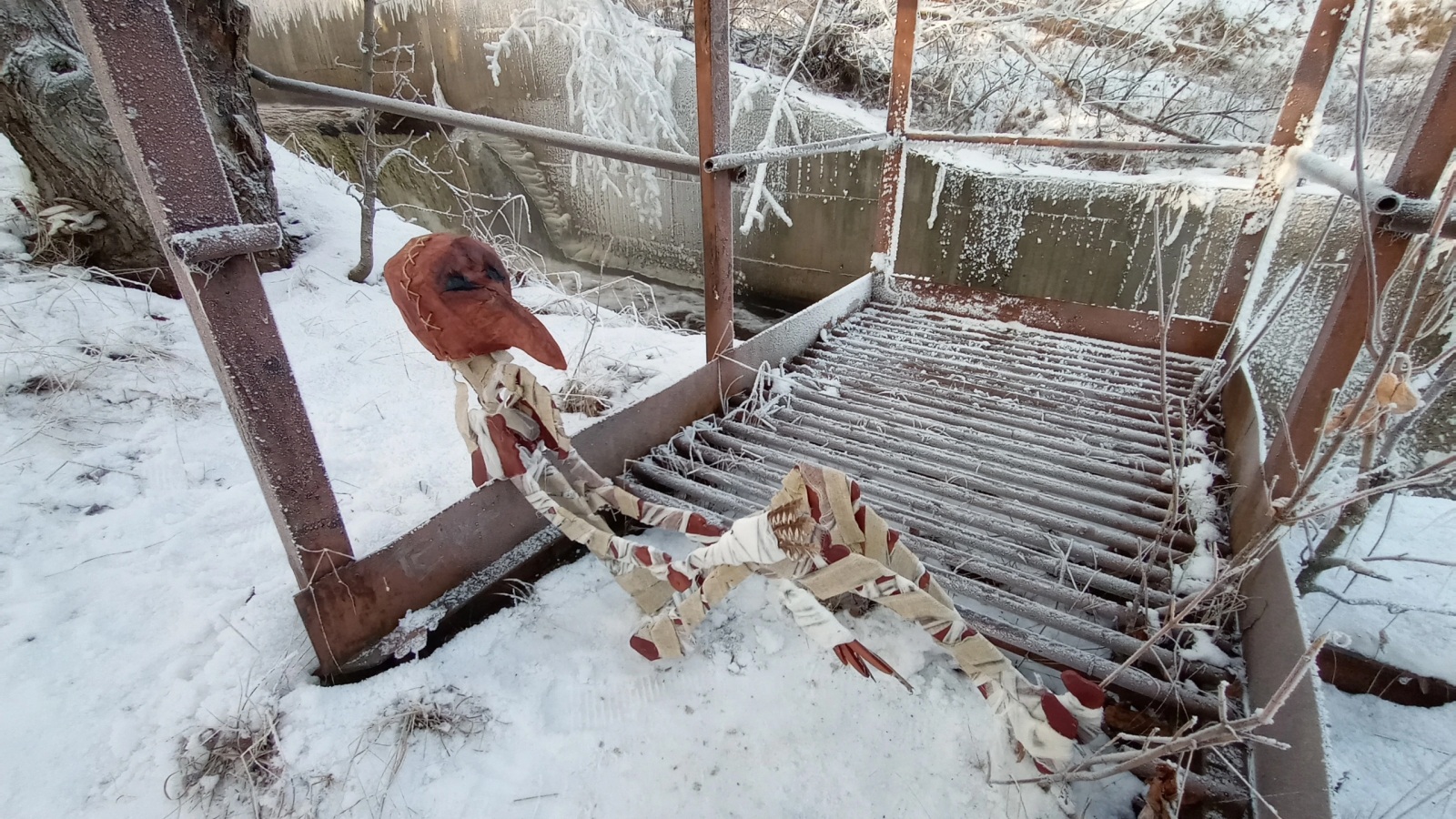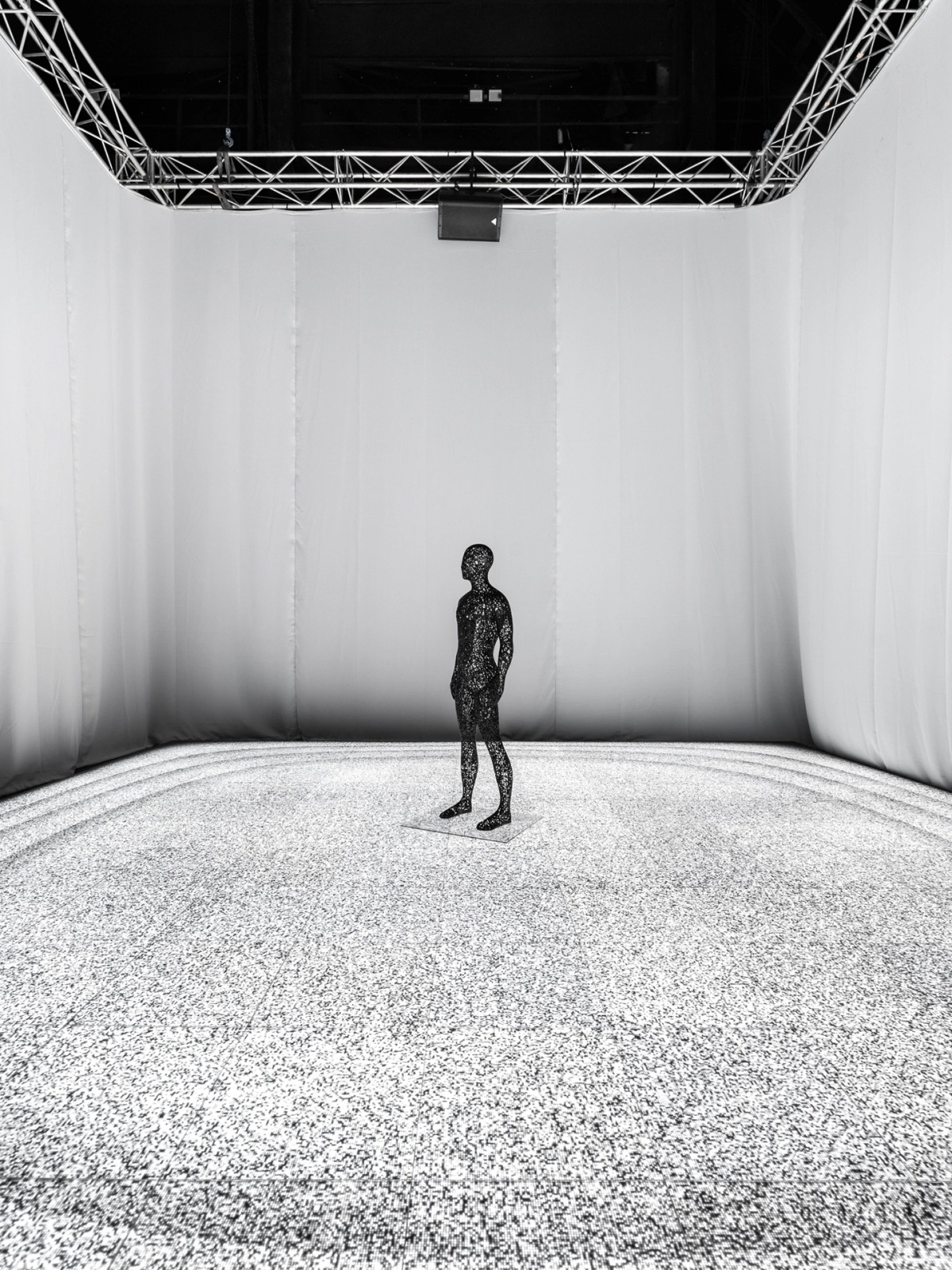On November 10, the GULAG History Museum will present a sound installation by Nizhny Novgorod artist Lena Lisitsa dedicated to those buried at the Kommunarka execution site.
Lena has the ability to work with trauma (individual and historical/generational) and the vulnerability it produces without judgment and with empathy, which is especially valuable today. During the meeting at Garage the artist will talk about how her creative method developed, the role played in it by Nizhny Novgorod (and why Lena rarely wishes to leave the city), and how she finds opportunities for creativity in difficult situations.
Lena Lisitsa began her creative journey in the mid-2010s as a street artist working with the urban context and collective memory. Her interest in street art mainly concerned the aesthetics of destruction and the history of place. «Street art is made in order to disappear, ” she says. The combination of the temporariness of works and the eternal nature of the themes they explored was one of the motivations behind the development of her street practices. The artist’s studio works are constructed around turning points in a person’s life, examining the states of uncertainty, vulnerability, and reactions to extreme conditions. Placing works in various contexts will also be one of the themes for the discussion at Garage. In preparing for the meeting, Lena noted that most of her exhibition experience involves group shows, and that she is more accustomed to producing individual projects in the urban space.
The title of the meeting is a quote from Alexander Rytov’s poem «Bullets Decibels Again: ” «Waves of explosions and peace / rails warm like veins / where is my rusty armored train / on the border of the Ecumene?»
